Business Storytelling for Your Website: How To Write an Effective About Us Page
Raise your hand if you thought your website’s About Us page wasn’t an important part of your content strategy. 🙋♀️
6 min read
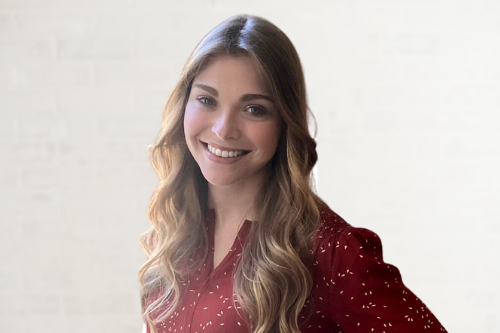 Allie Krueger
:
January 13, 2023
Allie Krueger
:
January 13, 2023
![Best Storytelling Frameworks for More Engaging Brand Storytelling [Examples]](https://www.wildfigmarketing.com/hubfs/bigstock-Happy-Male-Entrepreneur-Writin-453909515%20(1).jpg)
From the ancient oral histories of indigenous peoples, to the modern-day blockbuster films of Hollywood, humans have always been enraptured by the sheer power of a good story. But why?
According to a Harvard Business Publishing article, “Scientists are discovering that chemicals like cortisol, dopamine and oxytocin are released in the brain when we're told a story.”
Those three chemicals, respectively, help us retain information, make emotional connections, and experience genuine empathy. Basically, they elicit an emotional response. It’s no surprise then, that marketing strategies attempt to harness the power of human emotion by telling great stories.
Below, we’ve rounded up 5 tried-and-true story frameworks that you can use to tell your brand’s story to customers. Whether you need a template for your About Us page, or a stellar idea for your next ad, these frameworks will help you capture and connect with your audience in an engaging, meaningful way.
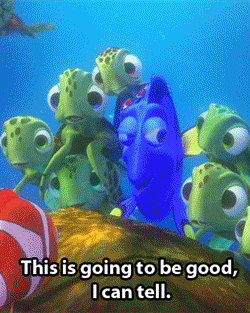
Former Pixar storyboard artist Emma Coates came up with this framework to describe the famous animation studio's method of storytelling. It’s now the stuff of legend.
It goes:
1. Once upon a time…
2. Every day…
3. One day…
4. Because of that…
5. Because of that…
6. Until, finally…
If you dissect hit movies like Finding Nemo, Brave, and Frozen, you’ll find that each of them follow this framework. But what does this have to do with marketing?
Here’s a real world example of how this framework was applied to the brand story of a nonprofit, Empower Generation (now Pollinate Group).
Once upon a time, there was unreliable electricity in rural Nepal, and because all the men had left the villages for the cities, it fell to the women to figure out how to get energy.
Every day, women had to spend 8 hours of their day collecting firewood and would spend more than they could afford on kerosene, just so they could light their homes.
Then one day, cheap, reliable solar technology was designed, and a pair of social entrepreneurs saw an opportunity to help the Nepalese villages.
Because of that, the two of them decided to take on the challenge of energy poverty and began training women to become renewable energy technology distributors.
Because of that, women in rural Nepal gained a sense of empowerment as well as valuable business experience. They were able to generate revenue by leveraging their community connections, while also directly alleviating the problem of energy poverty.
Until finally, women-led families in rural Nepal escaped the literal darkness thanks to the hard work of women themselves. Kids could study at night. Women got hours of their day back. And a new social movement had been kicked off that would continue to grow and empower a new generation of South Asian women.
This kind of storytelling is an especially effective marketing strategy for nonprofits or brands that focus on human rights issues. For example, brands such as Toms and Warby Parker that make giving back an integral part of the purchase process have easily adopted this framework.
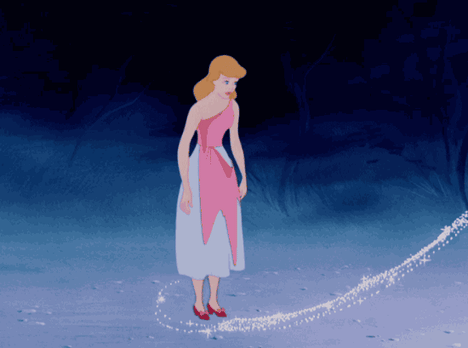
Everyone loves a good rags to riches story. Cinderella, Charlie and the Chocolate Factory, Aladdin, and even Harry Potter all embrace this storytelling framework.
The rags to riches framework is compelling because the main character has our empathy from the start. Then, when they have a chance to improve their situation, we are immediately rooting for them.
It’s also effective as a marketing strategy. Think of how powerful it would be to have your customers rooting for you when they read your brand’s story!
The rags to riches framework can be broken down into four parts.
1. Rags: We meet the protagonist (you) and learn two things: your values (good) and your circumstances (bad).
2. Opportunity: This is where you tell us about the moment that opportunity came knocking at your door.
3. Overcoming adversity: How did you pursue this idea, despite the challenges and obstacles in your way?
4. Riches: The happy ending to your story.
Innocent makes great use of the rags to riches storytelling framework. This brand is known for their healthy smoothies sold at supermarkets across the country. Here’s Innocent’s rags to riches story, broken down (you can find the entire timeline of events on their website):
1. Rags: In 1999, Rich, Adam, and Jon were three just three guys working average jobs. But, they had a dream of making it easier for people to “do themselves some good.” This translated to a dream of starting their own smoothie business together.
2. Opportunity: They took their smoothies to a music festival. “We put up a big sign asking people if they thought we should give up our jobs to make smoothies, and put a bin saying 'Yes' and a bin saying 'No’ in front of the stall,” says their website. By the end of the night, the ‘Yes’ bin was full.
3. Overcoming adversity: While trying to do good, they give 46% of all profits to charity and nearly bankrupt the business.
4. Riches: Business was good. In 2009, Coca Cola invested in the business, and then business was really good. They now sell their products all over the world.
(A quick note about this framework: the “overcoming adversity” part of your story doesn't have to be as dramatic as defeating Voldemort, outwitting your evil stepmother, or almost bankrupting yourself for charity. You simply want to communicate that your success was made possible by perseverance!)
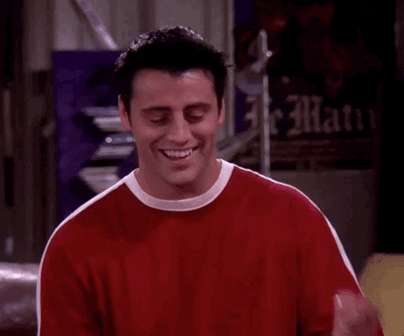
Do you feel like a mover and shaker in your marketplace? Are you revolutionizing the industry with a solution that solves all the problems posed by competitors' products? Then the big idea storytelling framework is for you. The main components of this framework are:
1. Setting
2. Characters
3. Conflict
4. Big Idea
5. Resolution
A great example of the big idea framework can be found in Steve Jobs’ iPhone introduction at MacWorld 2007.
1. Setting: Steve Job begins his presentation by setting the stage, describing Apple as a company with a history of launching successful, innovative products (Macintosh, iPod, etc.)
2. Characters: He then introduces the competition: Nokia, Moto Q, Blackberry, Palm Treo
3. Conflict: Steve outlines exactly how the competition falls short of customer needs (difficult to use, small screen, poor internet interface).
4. Big Idea: Introducing (drumroll, please)… The iPhone. The first phone to combine the capabilities of an iPod, a phone, and an internet device. This phone solves the problems posed by the competition.
5. Resolution: With an iPhone, customers can enjoy a world of convenience, advanced features, and capabilities never seen before.
Play around with the big idea storytelling framework and see if it doesn’t excite your audience into action!
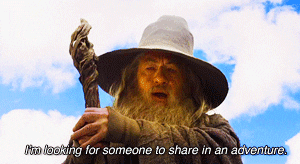
Our favorite framework here at Wild Fig is the StoryBrand Framework. This framework positions the customer as the hero, and you as the wise guide that will lead them to victory.
Similar to “The Hero’s Journey,” the StoryBrand Framework has 7 parts.
1. Character: You customer (AKA, Hero). What do they want?
2. The Problem: What stands in your hero’s way?
3. The Wise Guide: This is where you come in, showing empathy and authority.
4. The Plan: What’s your plan to lead them to success?
5. Call To Action: What’s the first action they need to take?
6. Success: The character follows the plan, and lives happily ever after, or
7. Failure: The character faces the natural consequences of not following the plan.
Join us for a brand new webinar on Thursday, February 9th, 2023 at 11am CST to learn how to talk about your business so people will buy! LEARN MORE 👉
Let’s take a look at The Happy Sleeper. This company sells on-demand courses for parents on how to help children, from newborns to 6 years old, sleep soundly through the night. Their About Us page clearly demonstrates the successful use of the StoryBrand framework.
1. Character: Caring parents who want their children to sleep well.
2. The Problem: Mainstream “sleep training” methods—the “cry it out” method vs attachment parenting—are too extreme and don’t make sense.
3. The Wise Guide(s): Julie and Heather, “psychotherapists, authors, sleep experts, and moms.”
4. The Plan: Take “The Happy Sleeper” approach, a middle ground alternative to underhelping or overhelping your child.
5. Call To Action: “Dive in” and sign up for one of their courses.
6. Success: “Everyone sleeps, and everyone feels good about it.”
7. Failure: Parents remain upset and confused by extreme methods that they don’t feel good about.
The beautiful thing about the StoryBrand framework is that it’s so persuasive and customer-focused. If you want your customers to know that you put them first, the StoryBrand storytelling framework is the way to go.
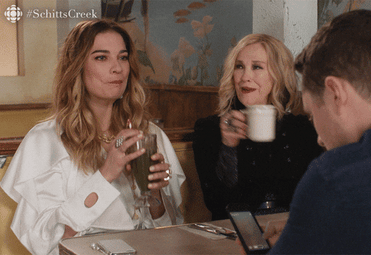
Finally, we have the Problem-Agitate-Solve storytelling framework. This is a classic, time-tested strategy that can work for pretty much any business in any industry. After all, every business is trying to solve someone’s problem!
1. Identify the problem. What current pain points are your customers experiencing? What problems do they want to overcome?
2. Agitate that problem. Describe the problem using emotional language to elicit an emotional response. Then, empathize with that emotional response by showing compassion and understanding.
3. Present the solution. Introduce your product or service as a solution to the problem. Describe a situation free from the earlier pain points, thanks to your product/service.
A true master of the Problem-Agitate-Solution framework is the insurance company Allstate.
You may remember their “Mayhem” ad campaigns, featuring Dean Winters as the personified version of “Mayhem.” In each commercial, he shows up in various forms to wreak havoc on customers' cars, motorcycles, and homes. In the below commercial, for example, “Mayhem” is a tailgater on game day.
1. Identify the problem. Allstate identifies tailgaters as the problem.
2. Agitate that problem. They show just how frustrating it is to deal with someone tailgating you when you have nowhere else to go. They also illustrate how easily a tailgater can take your attention away from the road, causing an accident. Finally, they declare that if you have sub-par car insurance, you may have to pay for the damages.
3. Present the solution. If you’re insured with Allstate, you won’t have to pay the damages for accidents caused by “Mayhem” like tailgaters.
While this storytelling framework is great for ad campaigns, it’s also a highly effective tool for creating website slogans and one-liners.
At Wild Fig Marketing, telling brand stories is what we do. In fact, we’re a Certified StoryBrand Guide—that means we’re experts in building out your brand’s story that will hook your audience and connect you with customers.
Interested in learning more about brand storytelling as a marketing strategy? Reach out and schedule an exploratory call with us. We look forward to helping you tell your story!


Raise your hand if you thought your website’s About Us page wasn’t an important part of your content strategy. 🙋♀️
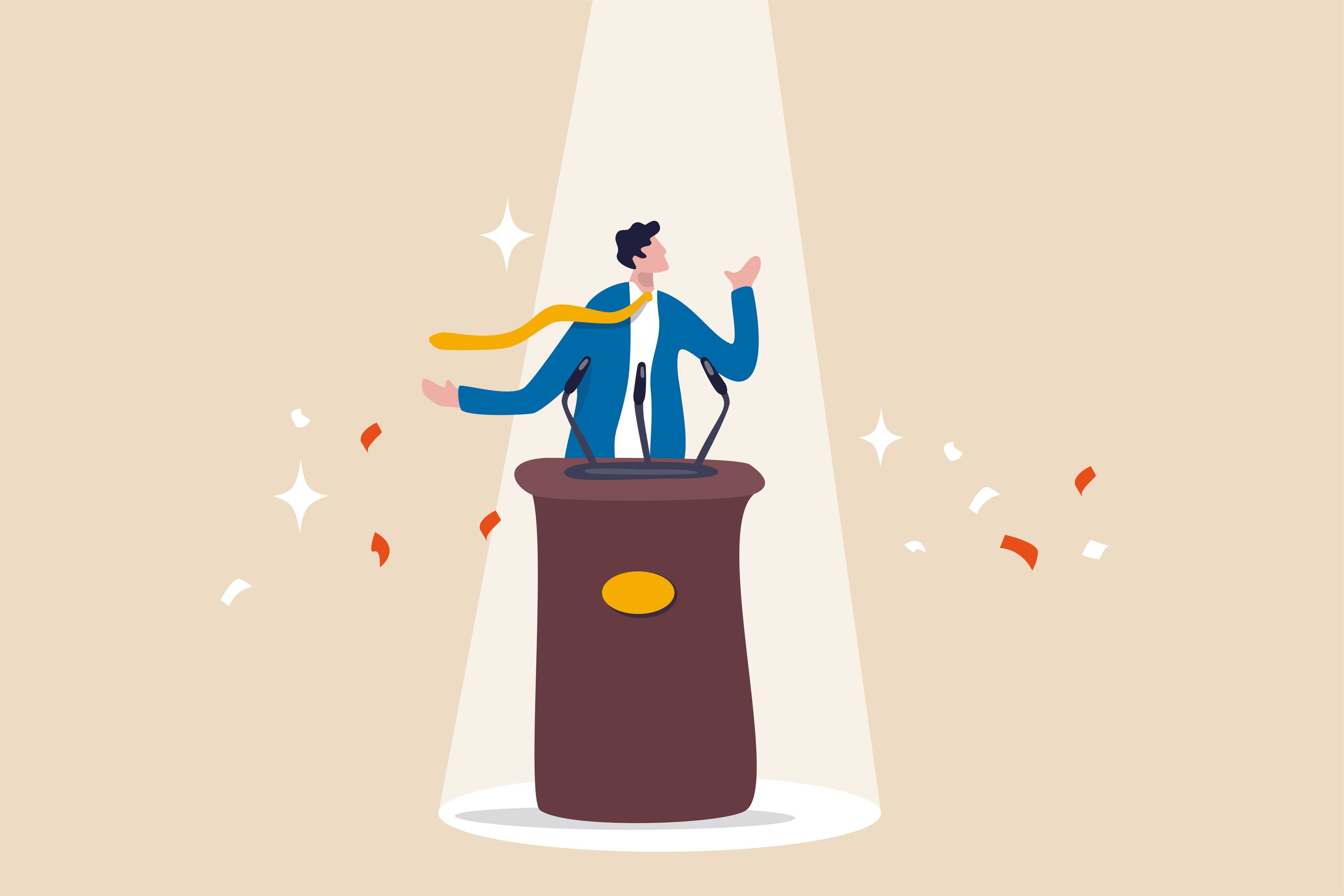
Ever tripped over your tongue when trying to explain what you do at a networking event or cocktail party?
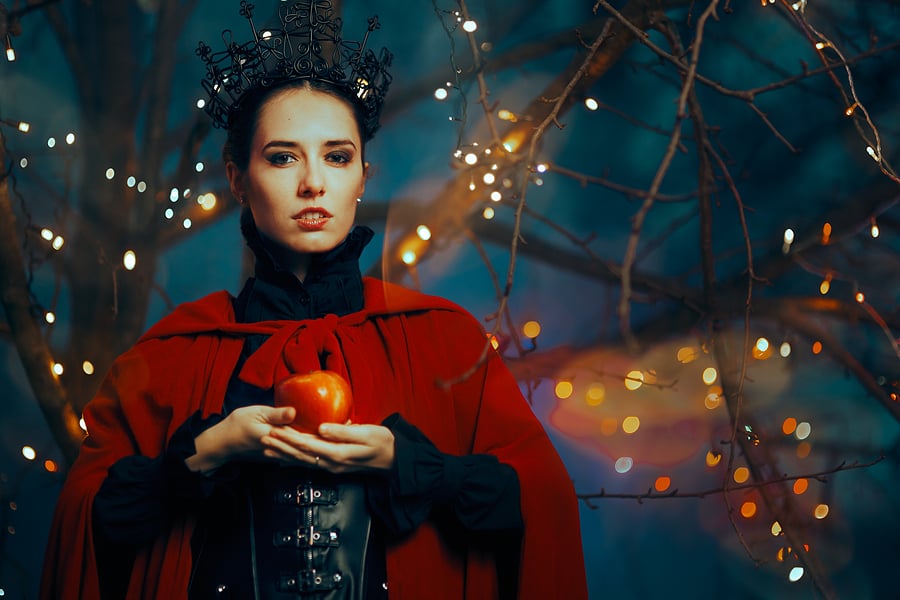
Originally posted Oct 2017; Updated Oct 2023 When you think of the components of a great story, what elements come to mind?